The Influence of Grape Variety on Wine Dryness and Sweetness.
- 2023-08-07 05:00:00
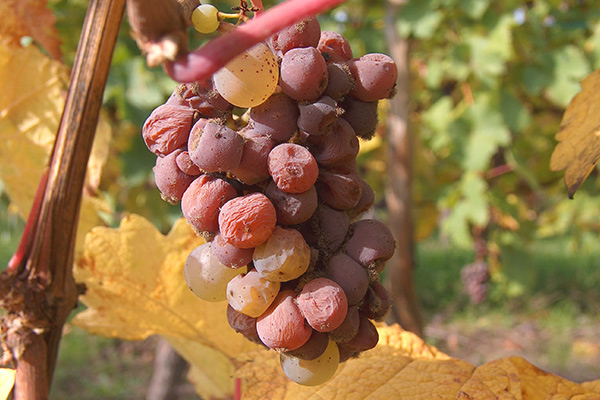
When it comes to the dryness or sweetness of wine, grape variety plays a significant role in shaping the final taste profile. While winemaking techniques and residual sugar levels also contribute to a wine's sweetness, the inherent characteristics of the grape variety itself can provide valuable clues about the wine's dryness or sweetness. Let's explore how different grape varieties influence the dryness and sweetness of wine.
- Grape Ripeness: One of the primary factors influencing wine sweetness is grape ripeness at harvest. Riper grapes tend to have higher sugar levels, which are converted into alcohol during fermentation. Varieties such as Riesling and Muscat, known for their aromatic intensity and high sugar content, can produce wines with varying levels of sweetness depending on the degree of ripeness at harvest.
- Natural Acidity: The natural acidity of grape varieties can also affect the perception of sweetness in wine. Grapes with high acidity, such as Chenin Blanc and Sauvignon Blanc, can balance out residual sugar and create a crisp, refreshing finish in off-dry or semi-sweet wines. Conversely, grapes with lower acidity may result in wines that taste sweeter due to the lack of acidity to offset the sugar.
- Tannins and Phenolic Compounds: In red wines, tannins and phenolic compounds extracted from the grape skins during fermentation can create a perception of dryness on the palate, even in wines with residual sugar. Varieties such as Cabernet Sauvignon and Nebbiolo, known for their firm tannic structure, can produce dry red wines with intense flavors and astringent mouthfeel.
- Botrytis and Noble Rot: Certain grape varieties are susceptible to botrytis cinerea, also known as noble rot, a beneficial fungus that dehydrates grapes and concentrates sugars. Varieties such as Sémillon and Riesling, when affected by noble rot, can produce intensely sweet and complex wines with flavors of honey, apricot, and marmalade.
- Winemaking Techniques: While grape variety sets the foundation for wine dryness or sweetness, winemaking techniques such as fermentation temperature, yeast selection, and aging can further influence the final taste profile. For example, fermenting grapes at cooler temperatures or halting fermentation early can preserve residual sugar and create off-dry or sweet wines.
In conclusion, grape variety plays a crucial role in determining the dryness or sweetness of wine by influencing factors such as grape ripeness, natural acidity, tannin levels, and susceptibility to noble rot. While winemaking techniques also contribute to a wine's sweetness, understanding the inherent characteristics of grape varieties can provide valuable insights into the expected taste profile of a wine. Whether dry, off-dry, or sweet, wines crafted from different grape varieties offer a diverse array of flavors and styles to suit every palate preference.
Richard Parker, California
-
Recent Posts
-

Tequila, the elixir of agave, transcends mere libation to become a symphony of science, art, and alchemy. Join us on an expedition through the intricate world of tequila, where molecules mingle, flavors...
-
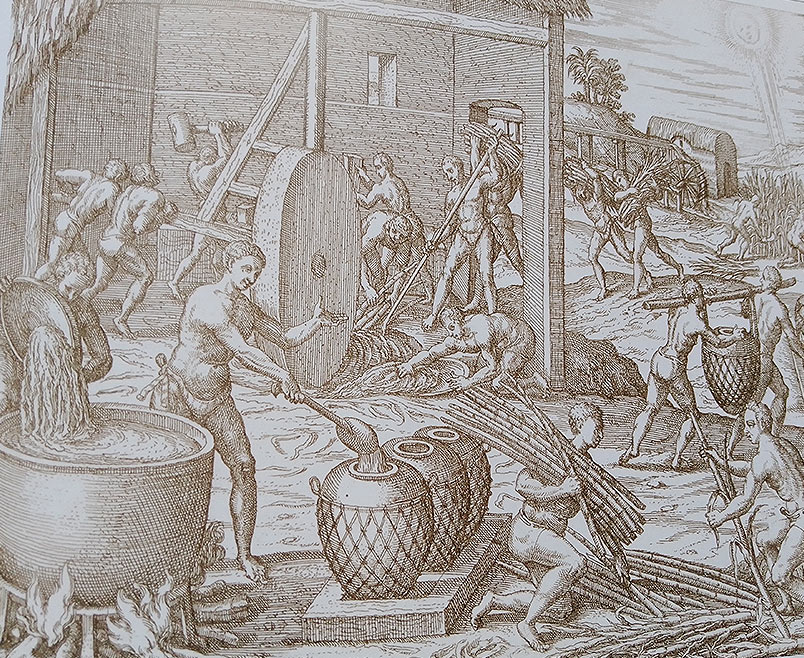
Rum, with its rich flavors and storied past, has woven itself into the tapestry of cultures and traditions around the world. From its origins in the sugarcane fields of the Caribbean to...
-
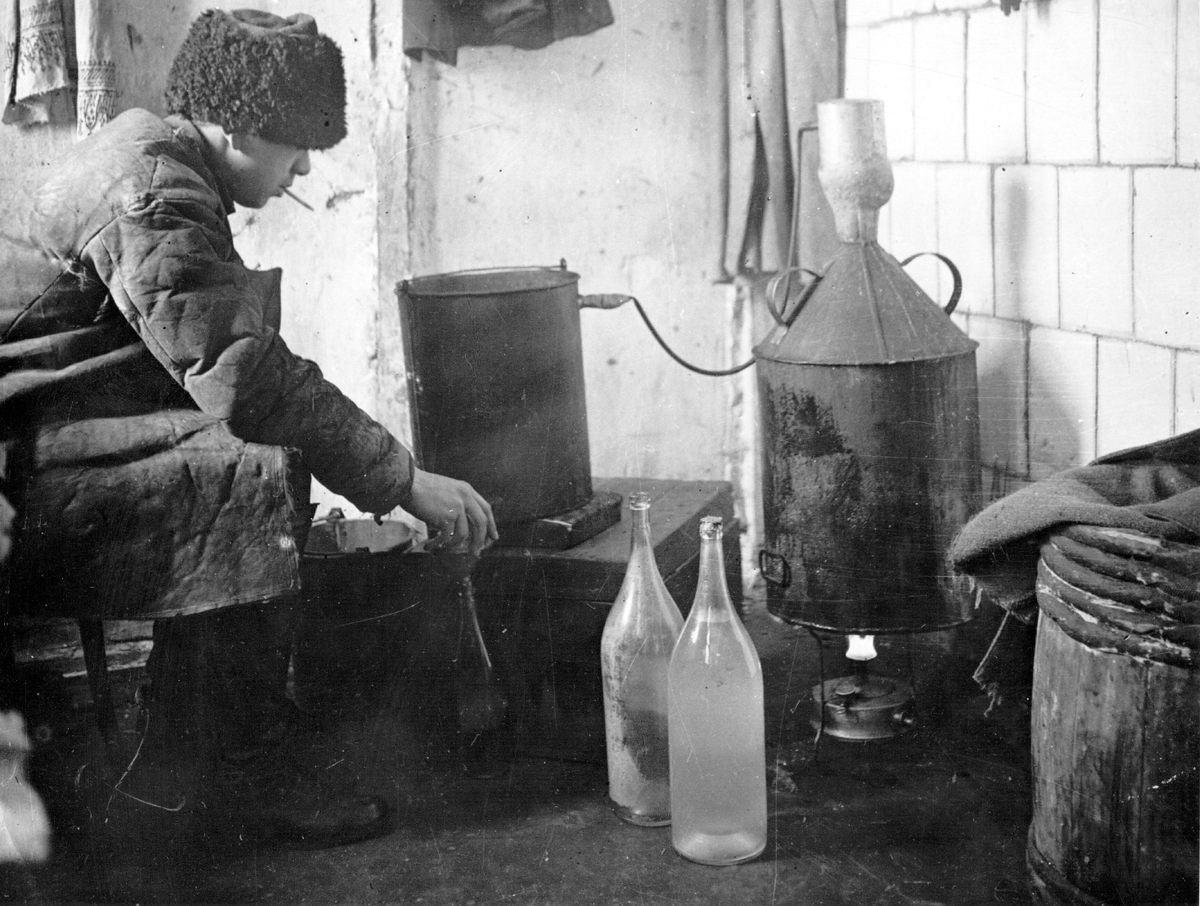
Vodka, with its clear, pure appearance and versatile nature, has a history as fascinating and diverse as the cultures that have embraced it. From its mysterious origins in Eastern Europe to its...
-

Whisky, with its complex flavors and rich heritage, has captured the hearts and palates of people around the world for centuries. From its humble beginnings in ancient civilizations to its global prominence...
-
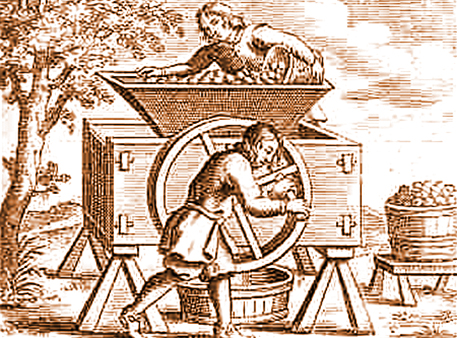
Cider, with its crisp and refreshing taste, has a history as rich and diverse as the apples from which it's made. From its ancient roots to its modern resurgence, cider has been...
-
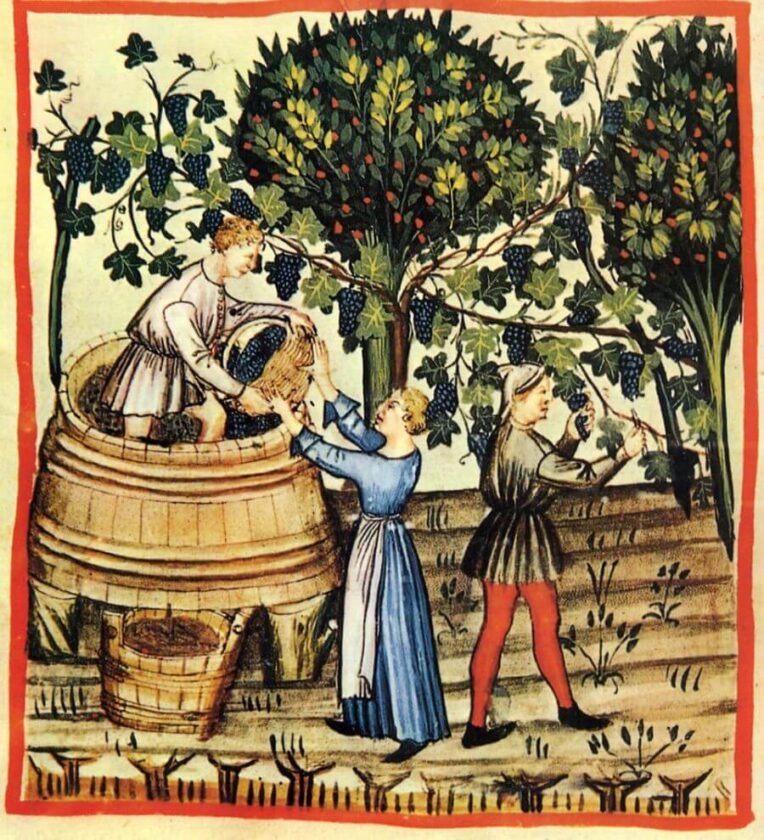
Wine, with its rich tapestry of flavors, aromas, and cultural significance, has been an integral part of human history for millennia. From its humble origins in ancient Mesopotamia to its global prominence...
-
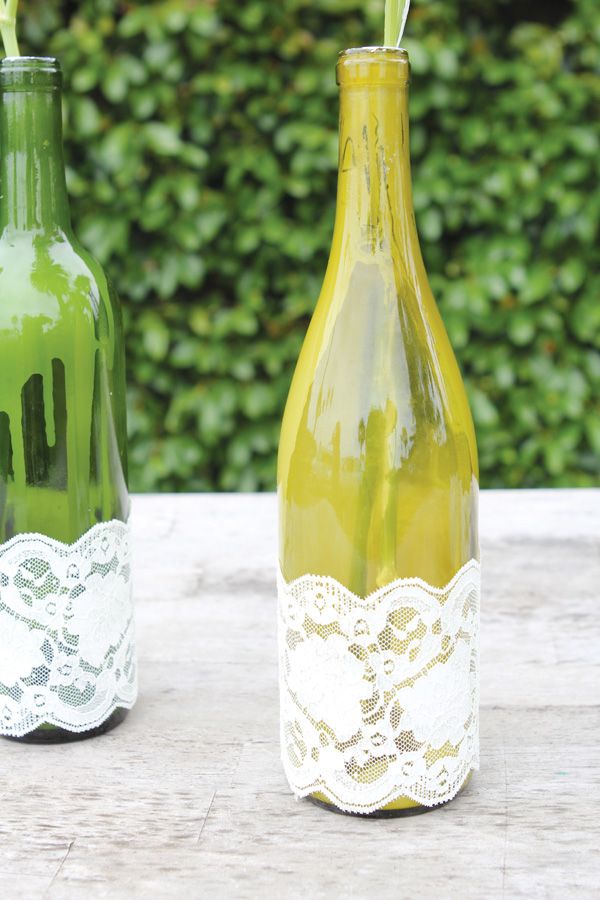
Wine isn't just for drinking—it's also a versatile and inspiring medium for crafting and décor. Whether you're looking to add a touch of wine-inspired charm to your home or seeking unique gift...
-
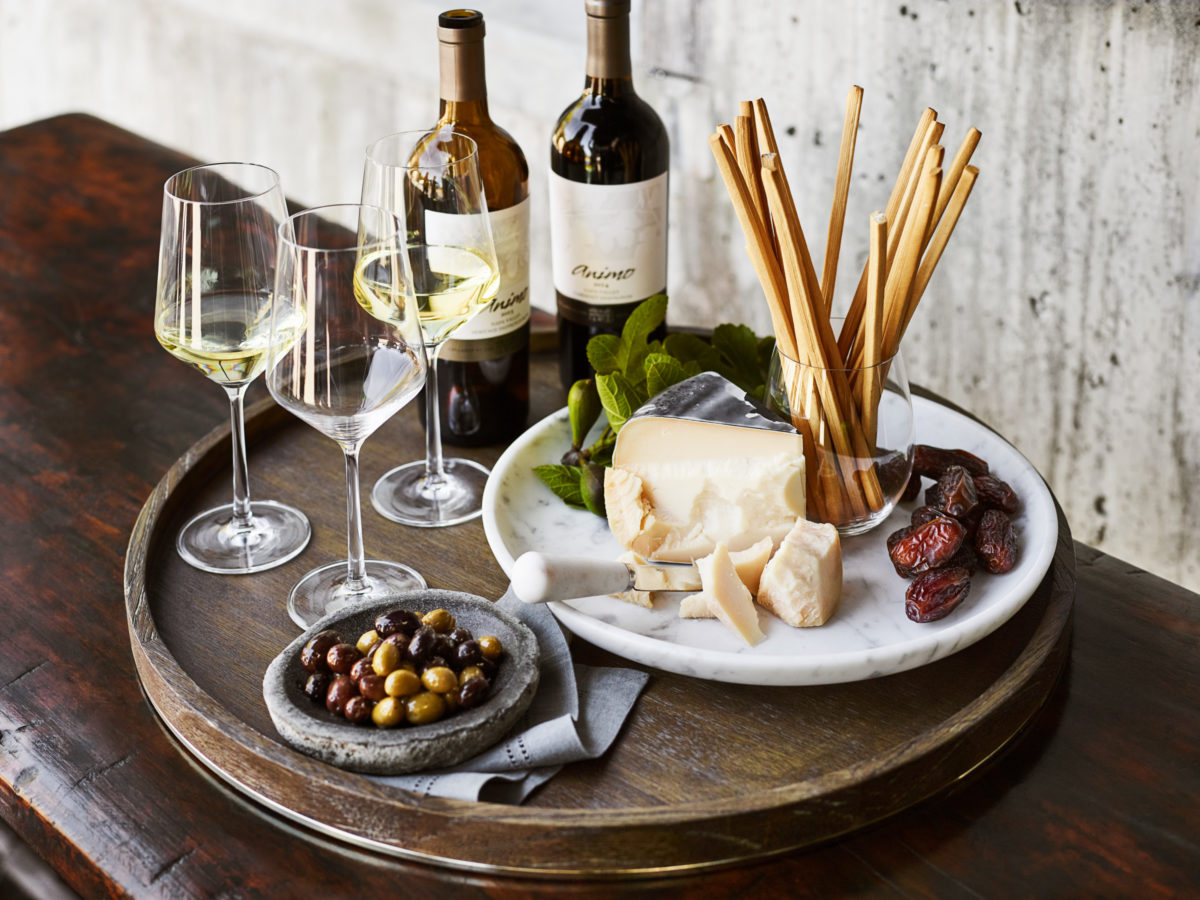
There's no better way to explore the world of wine than by gathering friends and loved ones for a wine tasting party. Whether you're a seasoned oenophile or a curious novice, hosting...
-
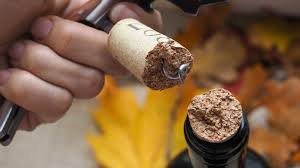
Wine, with its complexity and nuance, is a beverage cherished for its ability to delight the senses and evoke a myriad of flavors and aromas. However, like any agricultural product, wine is...
-
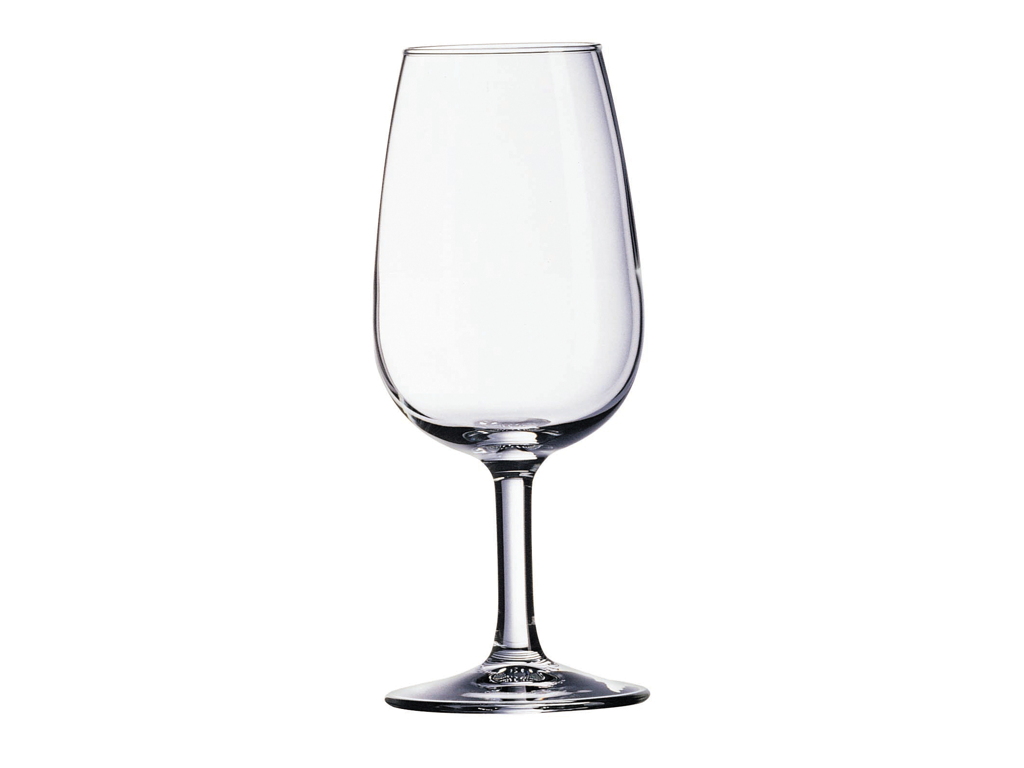
Selecting the right wine glass can significantly enhance your enjoyment and appreciation of wine, allowing you to fully experience its aromas, flavors, and nuances. With a wide array of shapes, sizes, and...
-
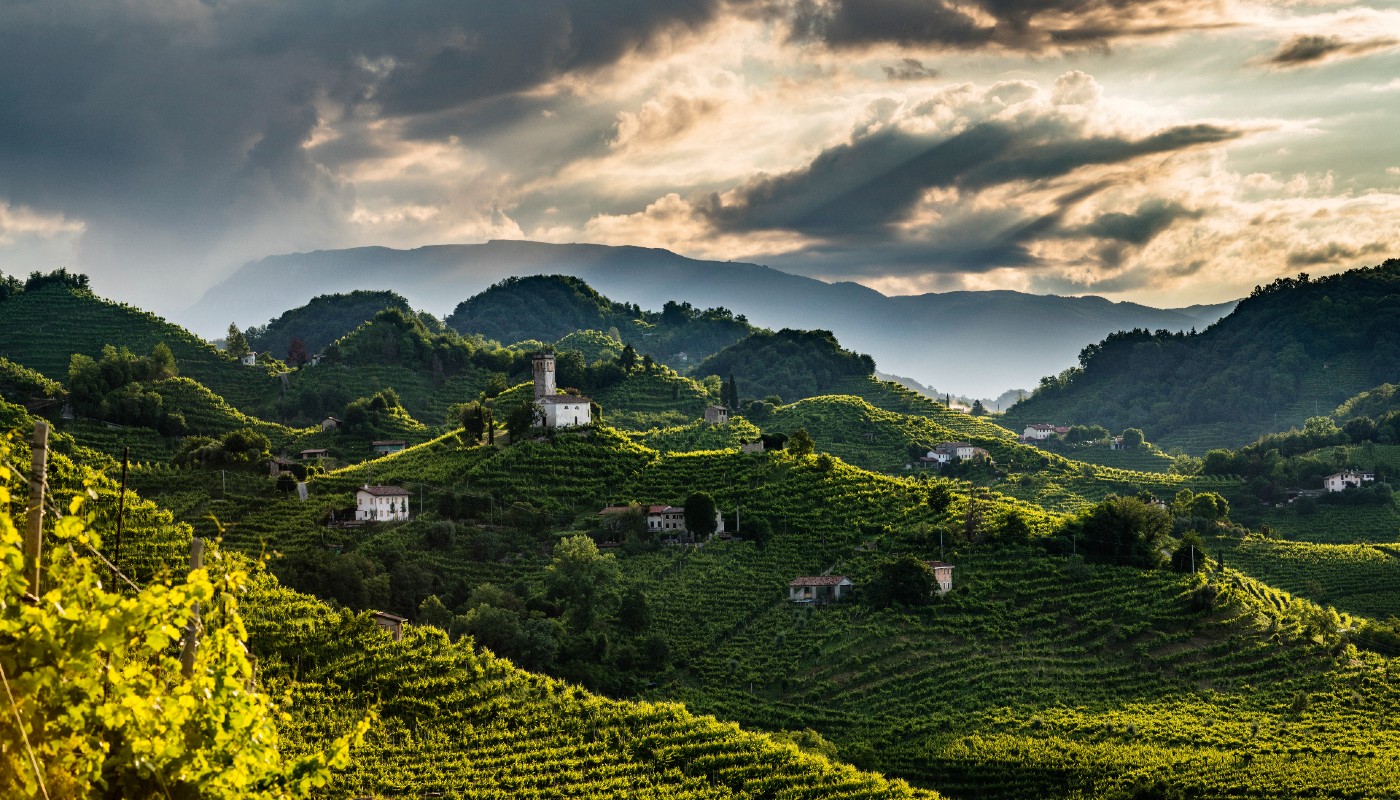
Nestled in the picturesque hills of the Veneto region in northeastern Italy lies the charming town of Conegliano, renowned as the birthplace of Prosecco and the epicenter of Italy's thriving sparkling wine...
-
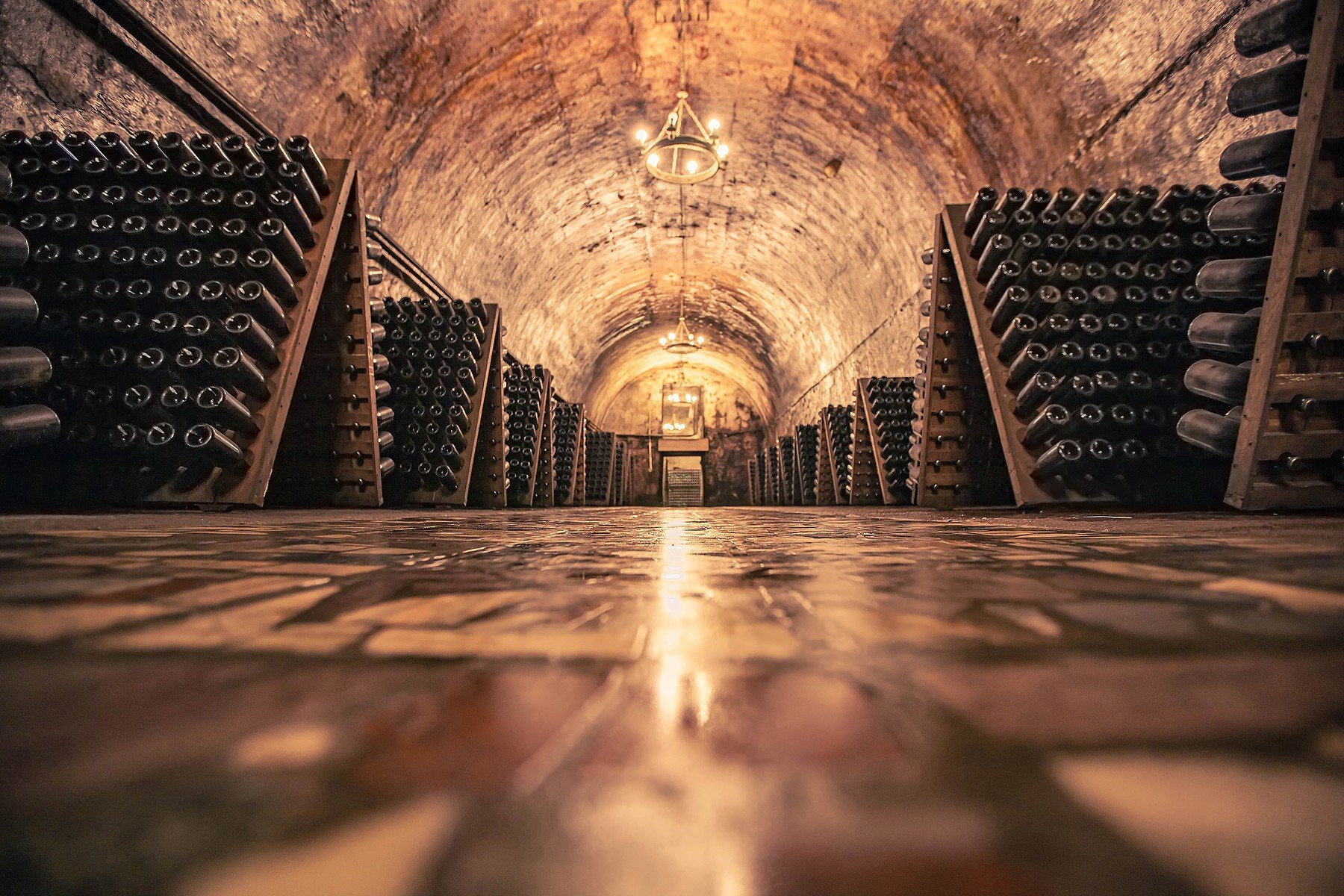
Champagne, the quintessential sparkling wine synonymous with celebration and luxury, is crafted through a meticulous and time-honored winemaking method known as the Méthode Champenoise. From grape to glass, the journey of Champagne...